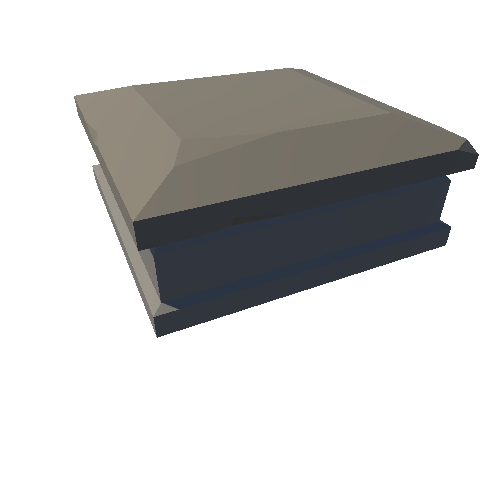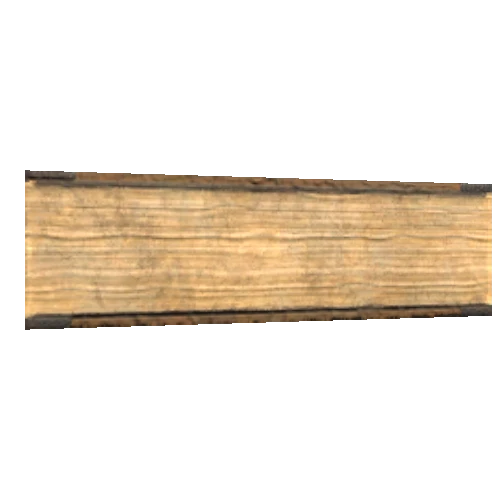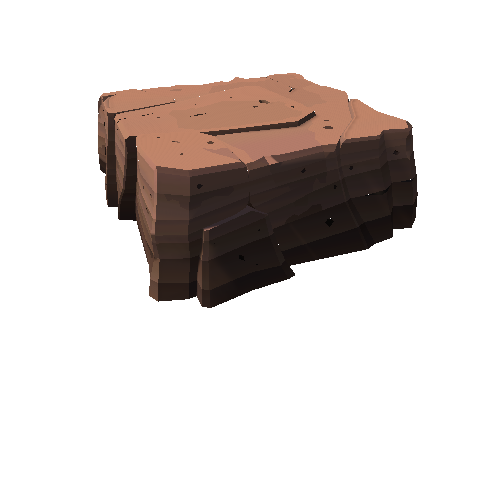Select or drop a image or 3D model here to search.
We support JPG, JPEG, PNG, GIF, WEBP, GLB, OBJ, STL, FBX. More formats will be added in the future.
Asset Overview
Specimen of the trilobite *Dalmanites caudatus* from the Silurian of Dudley, UK (433–427 million years ago). *Dalmanites* is inferred to have been partially a grazer and scavenger, whilst also engaging in active hunting of small burrowing animals. Its flattened body and raised eyes suggest it burrowed just below the seafloor; the well-formed genal spines (cheek spines) would have stabilised the trilobite, allowing it to burrow using up and down flexing of its body. Although the large, semicircular compound eyes of this species would have allowed a small degree of overlapping binocular vision (an essential feature in many predators to pursue prey) they appear more likely to be adapted to keep watch for predators. A survey of fossils found that *Dalmanites* individuals of all sizes were frequently attacked. Information from Budil *et al*. (2008). This specimen is part of the Museum’s Ketley Collection and was digitised using an Artec Spider 3D scanner by Amir Rahman.




















/Screenshots/uploads_files_2854054_R_soap (8)_110.webp)







